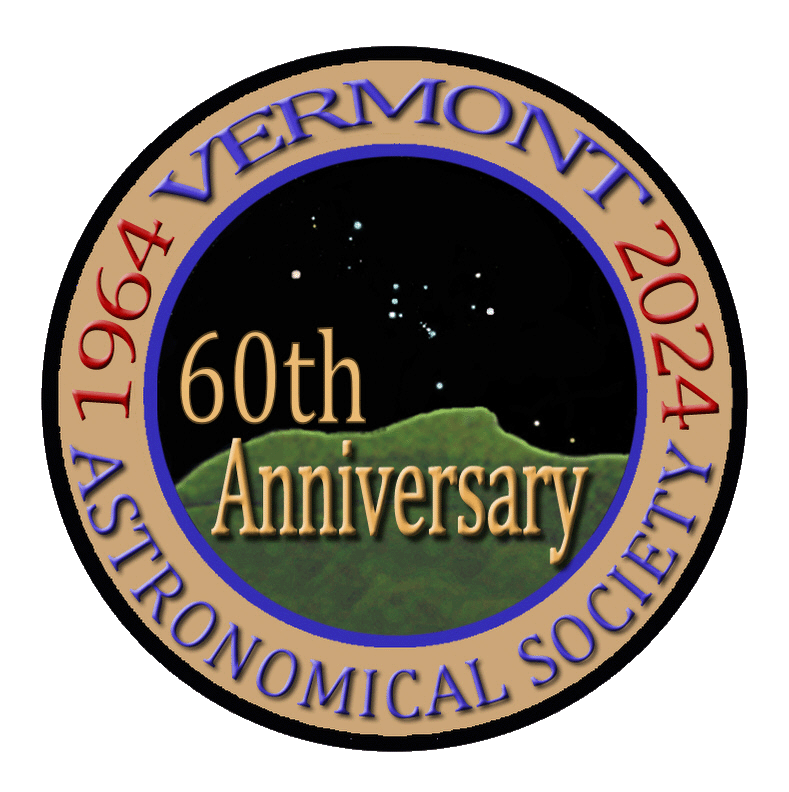There are several major objects (annotated) in this widefield image in the ‘neck’ area of constellation, Cygnus the Swan:
- The Crescent Nebula (NGC 6888, Caldwell 27, Sh2-105) – lower left. This is an emission nebula about 5,000 light-years from Earth and formed by the complex movement of fast-moving and slower-moving stellar gases from the Wolf-Rayet star, WR 136 (HD 192163), which can be seen at the very center of the nebula.
- The Soap Bubble (Planetary) Nebula (PN Ju 1, PN G075.5+01.7) – center, just above middle. This is very nearly perfectly circular faint bubble made more difficult to see because it’s embedded in nebulosity. The designation, PN Ju 1, comes from the amateur astronomer, Dave Jurasevich, who discovered it in 2007.
- The Revenant of the Swan (P Cyg, 34 Cyg) – brightest star seen in the right 1/3 of the image. This stairs over 600,000 times the luminosity of our Sun and is one of the most luminous stars in the Milky Way.
- The Open Cluster IC 4996 – very top of image, making an imaginary isosceles triangle with Ju 1 and the Revenant.
There are many other areas of nebulosity and dust in the image as well, but they are not annotated.
Capture Date: 6/27/2024
Equipment
William Optics RedCat 61 WIFD (f/4.9)
ASI585MC Pro OSC camera with a 5-position ZWO filter wheel
ZWO 30F4 guide scope with an ASI120MM mini guide cam
ASIAir, AM5 mount
Filters:
Antlia Dual Narrowband 5nm Ha/OIII: 39x300s [3:15]
Processed with PixInsight and Adobe Photoshop
**I completely missed Abell 69 in my first annotation of this widefield image so I revised it and attached it. It's described in item 5 below. (I included a slightly revised un-annotated image since I enhanced the saturation a bit.)
There are several major objects (annotated) in this widefield image in the ‘neck’ area of constellation, Cygnus the Swan:
- The Crescent Nebula (NGC 6888, Caldwell 27, Sh2-105) – lower left. This is an emission nebula about 5,000 light-years from Earth and formed by the complex movement of fast-moving and slower-moving stellar gases from the Wolf-Rayet star, WR 136 (HD 192163), which can be seen at the very center of the nebula.
- The Soap Bubble (Planetary) Nebula (PN Ju 1, PN G075.5+01.7) – center, just above middle. This is very nearly perfectly circular faint bubble made more difficult to see because it’s embedded in nebulosity. The designation, PN Ju 1, comes from the amateur astronomer, Dave Jurasevich, who discovered it in 2007.
- The Revenant of the Swan (P Cyg, 34 Cyg) – brightest star seen in the right 1/3 of the image. This stairs over 600,000 times the luminosity of our Sun and is one of the most luminous stars in the Milky Way.
- The Open Cluster IC 4996 – very top of image, making an imaginary isosceles triangle with Ju 1 and the Revenant.
- Planetary Nebula PN G076.3+01.1 (Abell 69, PK 076+01.1) at the far right of image. I couldn’t easily find much information on this unusual, small (22” diameter) planetary nebula that is similar in structure to NGC 6894, another annular planetary nebula. I revised the annotation to include it on the image because of its unusual structure in case anyone wants to explore further.
Darkened slightly, saturation increased slightly (for newsletter)...
There are several major objects (annotated) in this widefield image in the ‘neck’ area of constellation, Cygnus the Swan:
- The Crescent Nebula (NGC 6888, Caldwell 27, Sh2-105) – lower left. This is an emission nebula about 5,000 light-years from Earth and formed by the complex movement of fast-moving and slower-moving stellar gases from the Wolf-Rayet star, WR 136 (HD 192163), which can be seen at the very center of the nebula.
- The Soap Bubble (Planetary) Nebula (PN Ju 1, PN G075.5+01.7) – center, just above middle. This is very nearly perfectly circular faint bubble made more difficult to see because it’s embedded in nebulosity. The designation, PN Ju 1, comes from the amateur astronomer, Dave Jurasevich, who discovered it in 2007.
- The Revenant of the Swan (P Cyg, 34 Cyg) – brightest star seen in the right 1/3 of the image. This stairs over 600,000 times the luminosity of our Sun and is one of the most luminous stars in the Milky Way.
- The Open Cluster IC 4996 – very top of image, making an imaginary isosceles triangle with Ju 1 and the Revenant.
There are many other areas of nebulosity and dust in the image as well, but they are not annotated.
Capture Date: 6/27/2024
Equipment
William Optics RedCat 61 WIFD (f/4.9)
ASI585MC Pro OSC camera with a 5-position ZWO filter wheel
ZWO 30F4 guide scope with an ASI120MM mini guide cam
ASIAir, AM5 mountFilters:
Antlia Dual Narrowband 5nm Ha/OIII: 39x300s [3:15]
Processed with PixInsight and Adobe Photoshop
Great widefield image Greg! Good colors and details. This is a widefield I've been wanting to take at some point!
Terri
@terri Thanks again, Terri! I really like these widefield shots, especially as we get further into nebula season again. And the RedCat61 is just amazing at capturing lots of detail in a very reasonable amount of time. Really loving that little scope!
Greg

